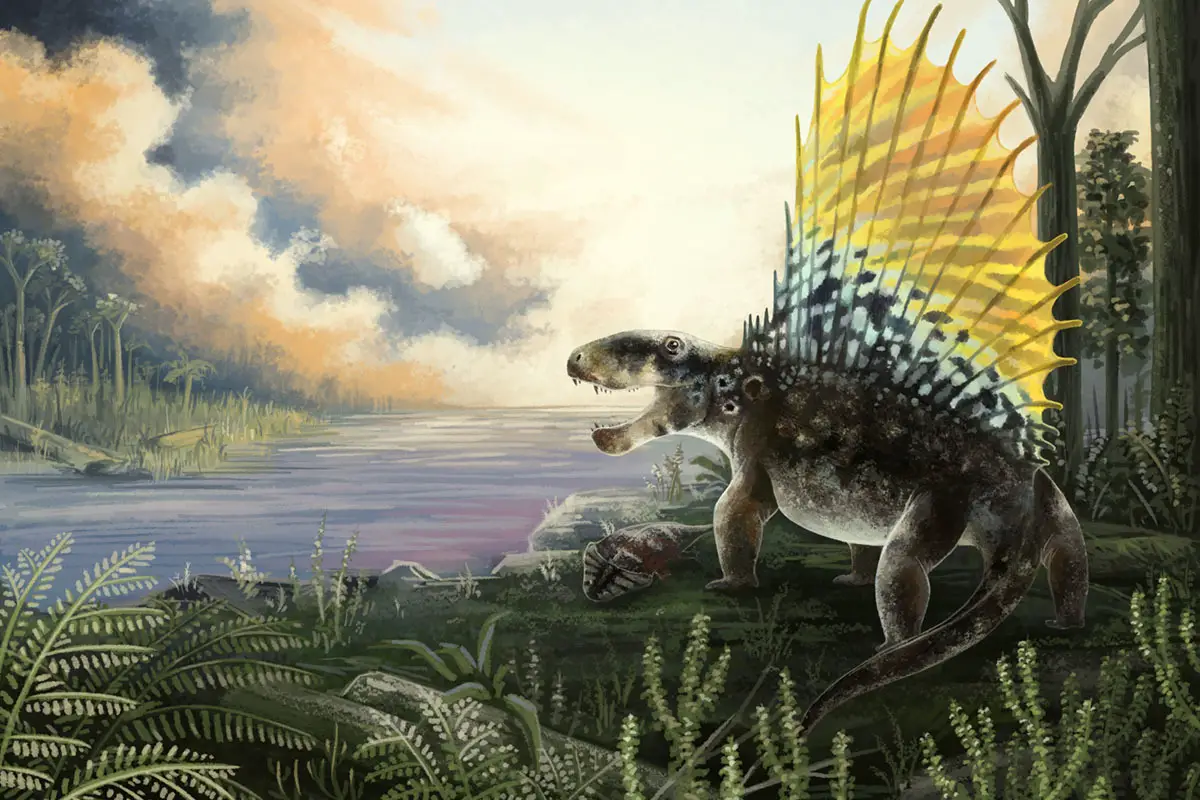In 1969, PBS became a staple of television. Its introduction ended the 16-year dominance of National Educational Television (NET), as the nascent channel subsequently assumed the licensing and production for such shows as “Sesame Street.” While both NET and PBS both avoided commercial funding, NET differed in its low budget and “boring” presentation of content.
PBS, by contrast, features a wide array of content, including art shows, documentaries, science programs, cartoons and music. From 1969 to 2012, the content of the education channel remained relatively consistent. After 2012, however, PBS entered the digital realm in order to compete with online content. PBS Digital Studios, the brand’s online sector, brings in millions of views every year, and has several component channels, one of which is PBS Eons.
PBS Eons features hosts Kallie Moore, Blake de Pastino and Hank Green, all of “Crash Course” acclaim, as they explore the evolution of life from its humblest beginnings to the origins of our own species. Here are their four best videos that show how vastly the world can change.
1. PBS Eons: “That Time It Rained For Two Million Years”
In the 1990s, two British geologists uncovered rocks that dated to the Early Triassic period, or roughly 234 million years ago. Instead of uncovering the red sand they anticipated from the supposedly dry era, they found evidence of sediment from lakes, river rocks and coal swamps.
Their findings revealed that massive amounts of rainfall took place over the course of about 2 million years. Samples from several continents yielded the same results, indicating that the phenomenon took place across the supercontinent of Pangea.
Scientists soon discovered that the shape of Pangea was essential to this occurrence. The super continent’s lack of mountain ranges meant rain clouds went unbroken, which led to a huge build up that caused rainfall and flooding to affect most parts of the continent.
The effect on terrestrial life was disastrous, and many early reptile species died out. However, because of the giant plants that the cataracts watered, the period also helped give rise to the age of the dinosaur. While other species of reptiles were unable to adapt to the taller and tougher material, the population of the dinosaurs, which had made up only 5 percent of terrestrial animals going into the event, eventually swelled to over 90 percent of the global populace.
2. PBS Eons: “Why Megalodon (Definitely) Went Extinct”
The largest shark known to ever exist was a global predator. It was not limited to any particular range, and it made whales of all sizes a central part of its diet. Still, despite evidence that the OG Jaws vanished from the fossil records 2 million years ago, some wishful thinkers believe that Megalodon could still be lurking somewhere in the ocean today.
However, contrary to popular belief, the Ice Age was likely not a factor in the disappearance of Megalodon. In fact, geological evidence has proven that the predators’ migratory patterns routinely brought them into waters that would have been just as cold as those of the Ice Age.
Instead, two main factors led to the death of the Megalodon. The first was the rise of toothed whales like Livyatan, massive carnivores that rivaled Megalodon in size and hunted the same baleen whales as them. The other factor was a sharp decrease in diatoms and krill. The two factors forced the Megalodon to hunt even harder for a prey that itself was rapidly reducing in its population, making life difficult for the ocean’s fiercest predators.
In addition, the size of modern whales also helps verify the extinction of the Megalodon, because the whales that the Megalodon hunted were, on average, only half the size of those alive today. By the end of the Ice Age krill were plentiful again, and with no giant sharks hunting them, whales were able to grow to the sizes they are today.
3. PBS Eons: “The Last Time the Globe Warmed”
In the wake of the Cretaceous Extinction event, the climate warmed to an exceptional degree. Between 34 – 56 million years ago, rainforests and relatively warm weather stretched far into the Arctic. Sediment samples show a drastic increase in carbon dioxide levels. Potential causes for this rise vary, but scientists now know that many terrestrial animals, including early primates, began to take shape at this time.
Ocean life was much more difficult though, as the rise in carbon dioxide caused the ocean to acidify. Invertebrates and other forms of life, such as coral, were nearly driven extinct in many parts of the world.
4. PBS Eons: “What Happened to the World’s Greatest Ape?”
It is very common for evolution to lead related species to develop vastly different body plans, and primates are no exception. Indeed, at 9 feet tall and over 1,100 pounds, the largest ape to ever exist, the Gigantopithecus, was more than twice as large as modern gorillas. They were first discovered when a molar was recovered from a Chinese apothecary shop.
Scientists soon determined the artifact to be a primate tooth, and afterward they discovered more teeth and a jawbone. Though these few fragments constitute the entirety of the evidence supporting the existence of Gigantopithecus, scientists were able to learn a lot from them. The teeth enabled researchers to estimate the animal’s dimensions, in addition to its place in the evolutionary continuity.
The animal’s diet consisted of tough, fibrous plants, which grew exclusively in cooler forests rather than the plains. This specialization proved to be a liability, as their species’ existence coincided with the expanding and contracting glacial ranges of the Pleistocene. It is believed that this fluctuation left Gigantopithecus severely vulnerable to extinction, and the species died out roughly 100,000 years ago.
















